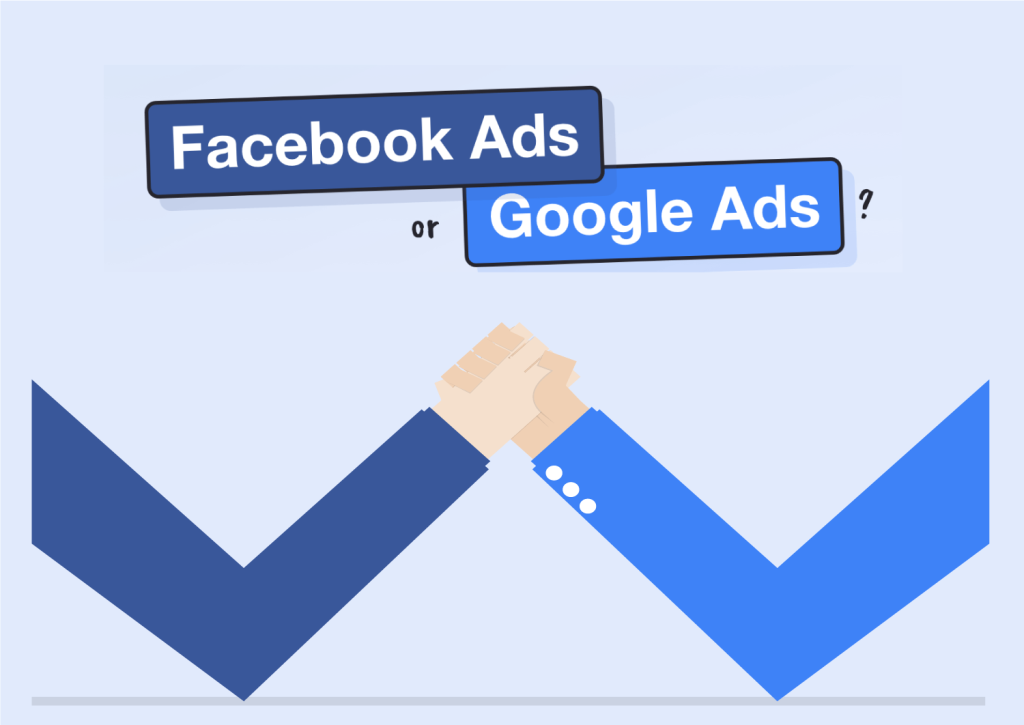Introduction
Running paid ads on Google Ads and Facebook Ads is one of the most effective ways to drive traffic and conversions. But if your ads aren’t performing as expected, it’s likely because you’re not fully leveraging their algorithms.
Google and Facebook use complex machine learning models to determine which ads to show, to whom, and when—all based on relevance, engagement, and bidding strategies. In this article, we’ll break down how these algorithms work and share proven tactics to improve your ad performance.
1. How Google Ads Algorithm Works
Google Ads operates on a real-time auction system that determines ad placement based on three key factors:
Ad Rank – A combination of your bid, ad quality, and expected impact (CTR, relevance, and landing page experience).
Quality Score – Google evaluates your ad relevance, click-through rate (CTR), and landing page experience. A higher Quality Score lowers your cost-per-click (CPC).
Auction Time Signals – Google considers device, location, time of day, user intent, and past behaviour to match the right ad to the right user.
How to Optimize Your Google Ads
Improve Quality Score – Use relevant keywords, compelling ad copy, and high-quality landing pages to boost CTR and engagement.
Use Responsive Search Ads (RSAs) – Google’s AI tests different headlines and descriptions to find the best-performing combinations.
Optimize Bidding Strategy – Smart Bidding (like Target CPA, ROAS, and Max Conversions) uses Google’s machine learning to adjust bids in real time.
Leverage Negative Keywords – Filter out irrelevant searches to reduce wasted spend and improve ad relevance.
A/B Test Ad Variations – Experiment with different CTAs, headlines, and images to see what works best.
2. How Facebook Ads Algorithm Works
Facebook’s ad delivery is driven by the machine learning-powered auction system that ranks ads based on:
Total Value Score – Facebook evaluates your bid amount, estimated action rate, and ad quality to determine if your ad should be shown.
Engagement Signals – Ads that get more clicks, likes, shares, and comments are prioritized.
Audience Targeting & Customization – Facebook personalizes ad delivery based on user interests, behaviours, and past interactions.
How to Optimize Your Facebook Ads
Use Lookalike Audiences – Find new high-converting users similar to your best customers.
Focus on Engagement – Create interactive content (polls, quizzes, and videos) to boost engagement rates.
Optimize Ad Creatives – Use high-quality visuals and concise, attention-grabbing ad copy.
Retarget with Dynamic Ads – Show personalized ads to users based on their previous interactions (e.g., abandoned carts).
Leverage CBO (Campaign Budget Optimization) – Let Facebook’s AI automatically allocate budget to the best-performing ad sets.
3. Advanced Strategies: Beating the Algorithms
Combine Google & Facebook Ads – Use Google Search Ads to capture intent-driven users and Facebook Ads for brand awareness & retargeting.
Test Different Bidding Strategies – Experiment with manual vs. automated bidding to find the most cost-effective approach.
Monitor & Adjust – Use analytics tools like Google Analytics, Facebook Pixel, and A/B testing to track performance and refine strategies.
Prioritize Mobile Optimization – Ensure your ads, landing pages, and checkout process are seamless on mobile devices.
Conclusion
Both Google and Facebook Ads use sophisticated algorithms to maximize ad relevance and engagement. To improve your ad performance, you need to align with their ranking factors, continuously test, and optimize your targeting, creatives, and bidding strategies.

